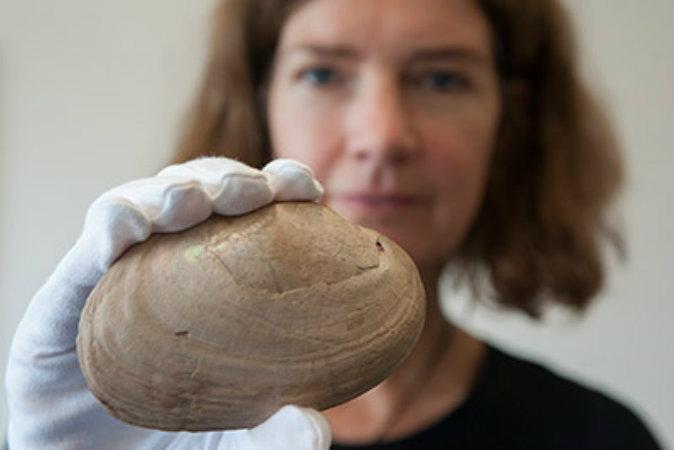An international team of researchers published research on Dec. 3 showing that a 500,000-year-old mussel shell bears the oldest engraving ever found—it’s four times older than the engravings in Africa previously thought to be the oldest.
José Joordens, an archaeologist at Leiden University in the Netherlands and lead author of the article in the journal Nature, said in a university news release: “It suddenly appears that Homo erectus was more capable than we thought. Current archaeological assumptions about these early humans, who lived from 1.9 million to 400,000 years ago, will have to be revised.”





